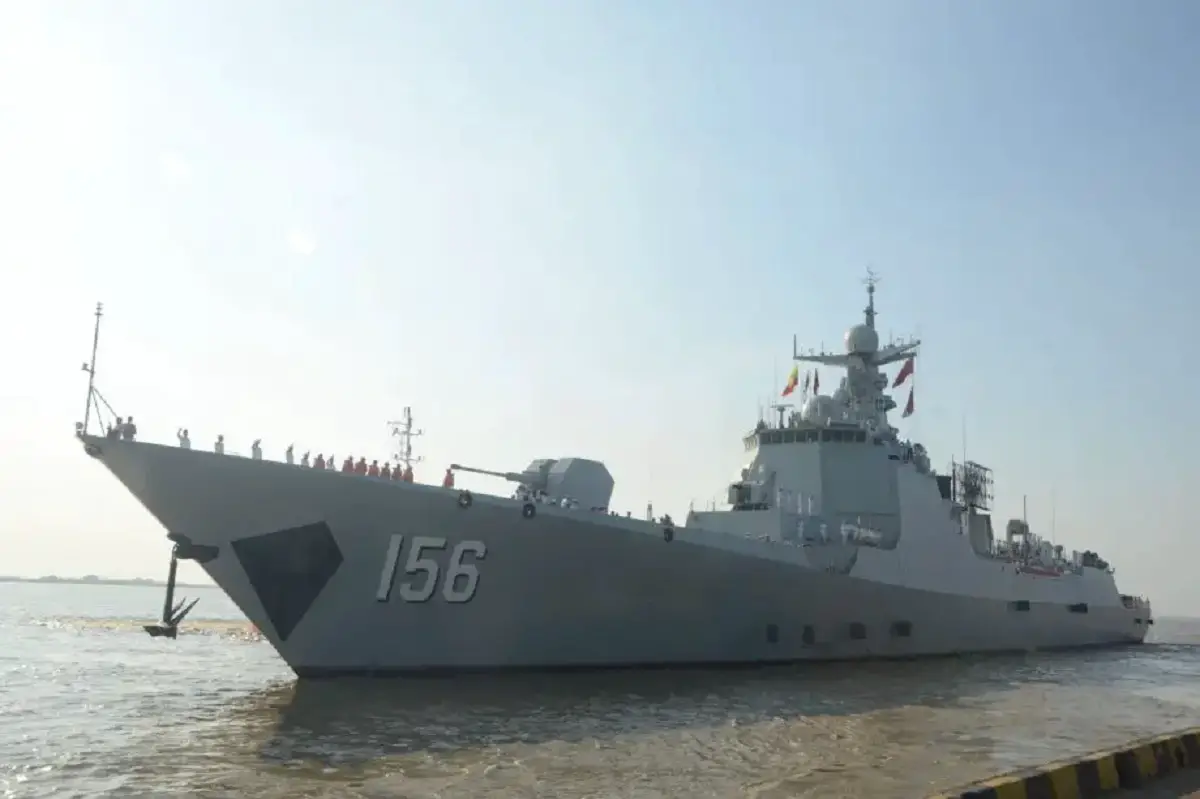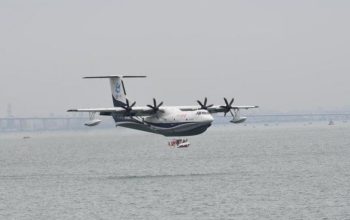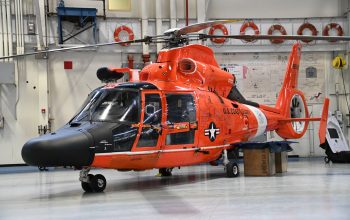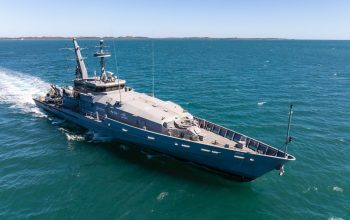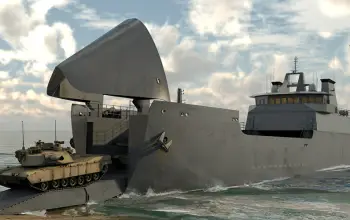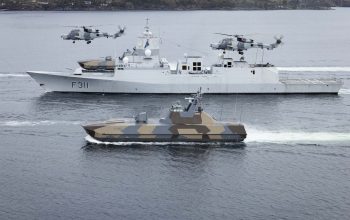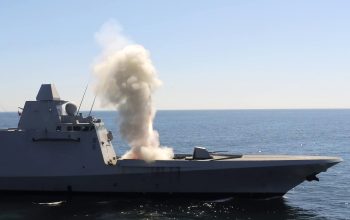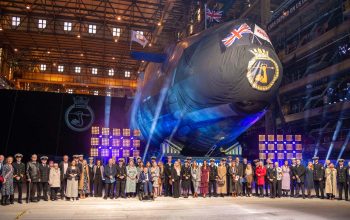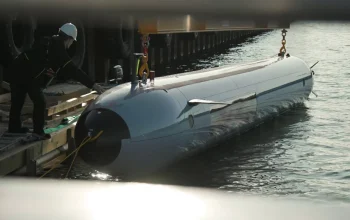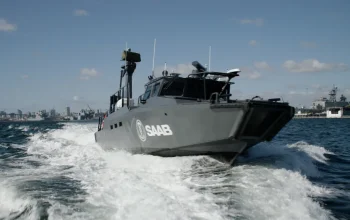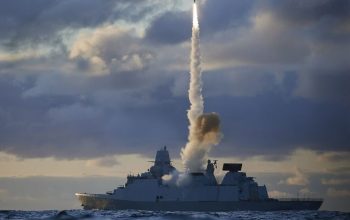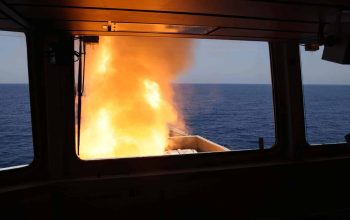In a strategic move by the Chinese People’s Liberation Army Navy, three formidable warships have been deployed to Myanmar amid the escalating unrest in its northern region. The arrival of the destroyer Zibo, frigate Jing Zhou, and supply ship Qian Dao Hu with approximately 700 personnel marks a significant development in the ongoing conflict between Myanmar’s military government and a coalition of militias in the northeast, which has ties to Beijing. This unexpected naval deployment follows the upsurge in violence along Myanmar’s border with China initiated by the Three Brotherhood Alliance. This coalition, comprising various militias, launched a coordinated offensive against the ruling military, capturing crucial territories in Shan state. The Northern unrest has sparked widespread armed conflict, prompting the military government to acknowledge the loss of strategic towns.
The alliance’s offensive not only challenges the authority of the ruling military but also energizes the broader armed struggle against the established regime. Simultaneously, conflicts have expanded to other regions, including the recent capture of a town in the northwestern Chin state bordering India by the Chinland Defense Force-Zotung militia group. China’s involvement in these dynamics is complex. As Myanmar’s largest trading partner, China maintains favorable relations with the ruling military junta. Moreover, the groups within the alliance share amicable ties with China, pledging to safeguard foreign investments, particularly Chinese-backed projects within the territories under their control. Beijing has publicly urged a ceasefire, advocating for dialogue to resolve the conflict, yet refrains from leveraging its influence on the militia groups to cease hostilities.
Before the alliance’s offensive, China expressed dissatisfaction with the military government’s failure to address criminal activities near the border, such as drug trafficking and cybercrime hubs. As the Three Brotherhood Alliance gains ground, Chinese nationals linked to these illegal operations have been repatriated into Chinese custody, exacerbating tensions. Proponents of Myanmar’s ruling generals have staged protests in major cities, accusing China of aiding the militia alliance.The presence of these warships in Myanmar’s waters underscores the delicate geopolitical balance and the complexities surrounding the conflict in the region. It highlights China’s vested interests and the evolving dynamics of armed resistance against the military junta, foreshadowing potential ramifications on regional stability.
The deployed Chinese vessels possess distinct capabilities, representing the technological prowess of the People’s Liberation Army Navy. The Type 052DL destroyer Zibo, commissioned on 12 January 2020, exhibits enhanced stealth features and a modified layout compared to its predecessor, offering improved performance. The Type 52D is the first Chinese surface combatant to use canister-based universal vertical launching system (VLS) with 64 cells are carried; (32 forward and 32 aft). Accompanying it is the Type 054A frigate Jing Zhou, equipped with HQ-16 medium-range surface-to-air missile (SAM), underscoring China’s commitment to maintaining strategic superiority in the region. Additionally, the Type 903 replenishment ship Qiandaohu, a new generation integrated supply vessel, further amplifies China’s naval support capacity.


